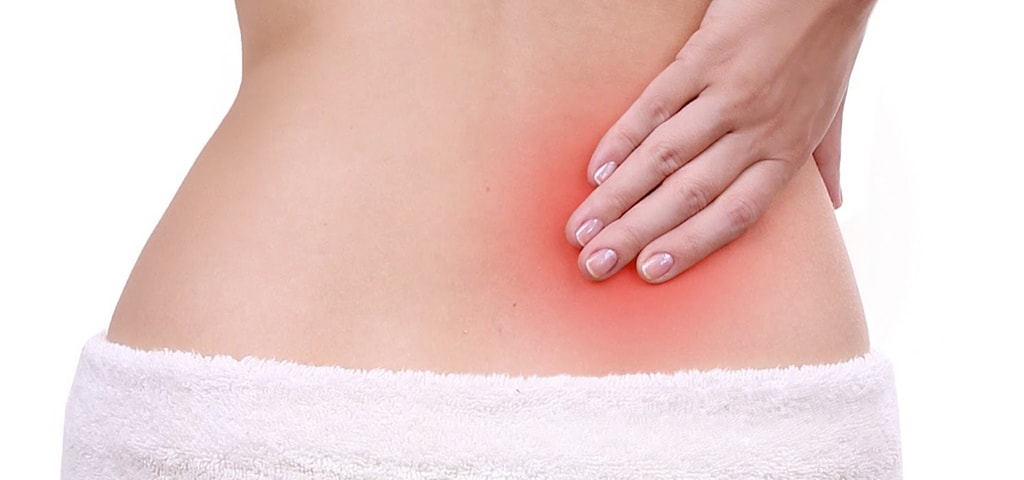When the hip joint is damaged, activities like walking, running, sitting, squatting, and sitting cross-legged can become challenging, highlighting the significance of total hip replacement in restoring mobility and improving daily life
COMMON CAUSES OF HIP DAMAGE:
1. Osteoarthritis:
This a condition where there is degeneration of the smooth cartilage covering the ball and cup of the hip joint due to wear and tear. Apart from excess weight and work, genetic and racial causes also are attributed to osteoarthritis.
2. Avascular necrosis:
The bone is a living organ and it requires blood to survive. The blood supply to the hip joint is reduced in this condition and the ball part of the hip bone dies and the bone collapses and becomes irregular. This causes pain and disability to a person.
3. Rheumatoid arthritis:
Rheumatoid arthritis is a disorder affecting many joints of the body, where there is cartilage damage and resulting in arthritis.
4. Post-traumatic arthritis:
Sometimes serious injuries to the hip joint like dislocations or fractures can lead to irregular joints and cause secondary arthritis and pain.
5. Childhood hip disorders:
Some childhood hip conditions like congenital hip dislocations, Perthes disease, etc can lead to secondary arthritis.
6. Infections:
Infections of the hip joint especially Tuberculosis in our country can lead to joint damage and arthritis.
When all modalities of treatment such as physiotherapy, exercises, medicines do not give any pain refief, then a total hip replacement is given as an option to people suffering from hip arthritis. Total hip replacement is a surgery, where both the ball and socket of the hip joint are replaced with artificial materials. This surgery was pioneered by Sir John Charnley of England in the 60s and evolved over the years to long-lasting implants available today.
Total Hip Replacement: Surgical Procedure and Recovery Overview
In a total hip replacement (also called total hip arthroplasty), the damaged bone and cartilage is removed and replaced with prosthetic components.
1. The damaged femoral head can be removed and replaced with a metal stem. Then it can be placed into the hollow center of the femur. The femoral stem may be either “press fit” or cemented into the bone.
2. Ceramic ball or a metal can be placed on the upper part of the stem and the damaged femoral head can be replaced with ceramic ball.
3. The damaged cartilage surface of the socket called acetabulum can be removed and replaced with a metal socket. Screws or cement are sometimes used to hold the socket in place.
4. A plastic, ceramic, or metal spacer is inserted between the new ball and the socket to allow for a smooth gliding surface.
THR is usually done under general or epidural anesthesia, and the person is made to walk after 2 days from surgery and patient can go home after 5-7 days. Complications like infections, DVT and dislocations can be avoided by taking adequate precautions.
Like mentioned earlier, newer materials like titanium, ceramics, and materials allowing bone growth into the artificial implant lead to longer life of implants. Also larger diameter ceramic heads allow the person to sit on the floor and squat as well. A well done uncemented, a ceramic implant can last upwards of 30 years.
Total hip replacement is a successful surgery and can change the lives of people who are suffering from arthritis of the hip.
Explore More: Reattatchment of ampulated body part | Bone Fractures | Fractures In Children

